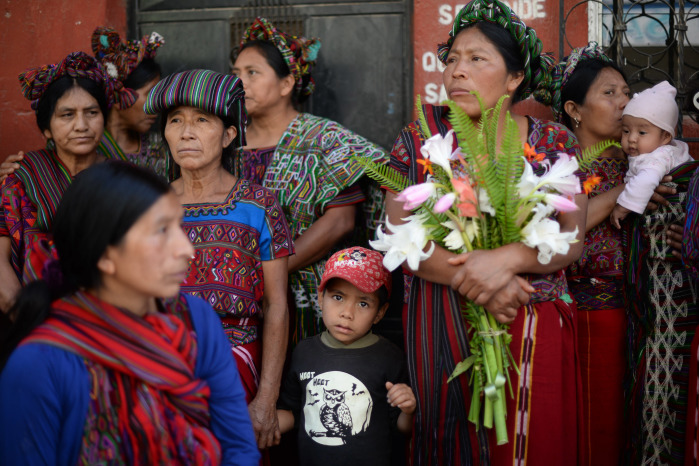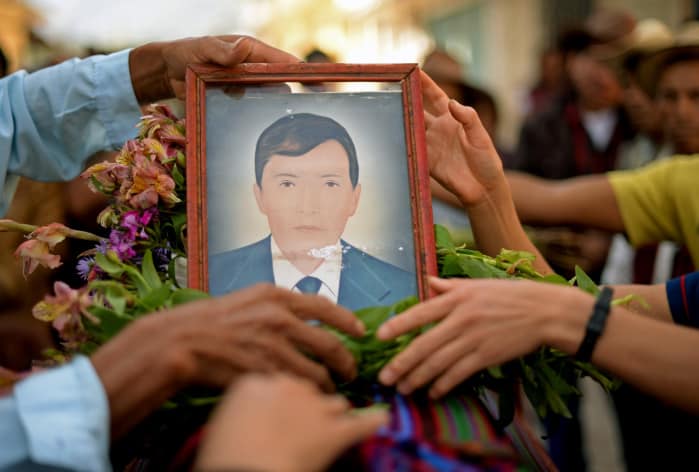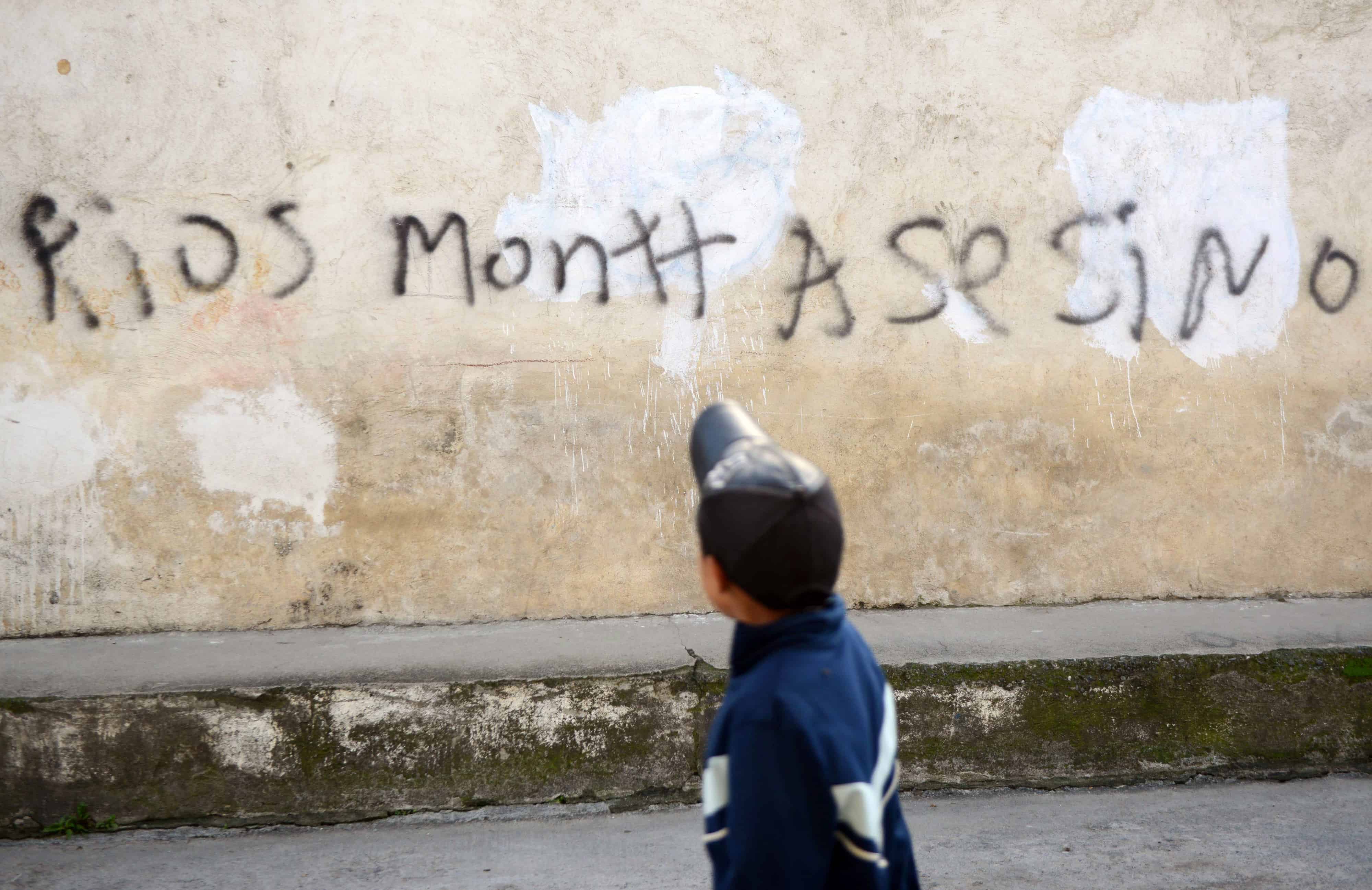NEBAJ, Guatemala – Weeping and singing Christian hymns, Guatemala’s indigenous Ixil Mayans buried Wednesday the remains of 31 civilians killed by the army during the country’s bloody civil war three decades ago.
Relatives of the victims carried wooden coffins through the streets of Nebaj, a small town in the north, toward the local cemetery as a voice announced through a loudspeaker that they were “those that the army massacred in 1982.”
Before a Catholic mass and burial, families held a Mayan ceremony, burning colorful candles and tree resin in the town located in Quiché province.
Only eight of the 31 remains were identified after years of work by forensic specialists because the bodies were burned and many turned to ashes, said Diego Rivera, president of the North Quiché Victims Association.
Nebaj, along with Chajul and Cotzal, is part of the Ixil Mayan region decimated during the conflict and trying to put former dictator Efraín Ríos Montt behind bars over the killings.
Ríos Montt, who ruled with an iron fist from March 1982 to August 1983, was sentenced last year to 80 years in prison for genocide in the case involving the massacre of more than 1,000 Ixil Mayans.
The regime accused Ixil Mayans of supporting leftist guerrillas during the 36-year civil war that ended in 1996.
But the former general’s conviction was struck down by the Constitutional Court on the grounds that he was denied due process. A new trial is due to begin in January.

A place to leave flowers
The massacre was committed in the village of Xecax on Feb. 4, 1982, after unidentified individuals threw an explosive device on the road leading to Nebaj.
“After a bomb exploded, the army arrived to destroy the community,” Rivera said. “The population paid for it, but nobody knows who threw the bomb.”
The army “burned homes and people, they massacred men, women and children,” he said.
DNA tests will be conducted to identify the 23 victims whose remains were unrecognizable.
Margarita Hermoso Pérez, 69, lost three sons and a daughter, as well as her two parents in law in the massacre.
“She sent her children to the village when the war started. They were killed in a champita [tin-roof home],” said her grandson Juan Hermoso, who served as an interpreter for the woman, who only speaks Ixil Mayan. “Then they piled them up one on top of the other and poured gasoline on them to burn them.”
The remains were exhumed four years ago and she had been anxiously waiting for the day she could finally close a chapter in her grief by burying them at the town cemetery.
“She’s satisfied that her sons and in-laws are back here. Now she can go leave flowers for them and she’s more at peace to see them,” Hermoso said.
Some 200,000 people were killed in the civil war, 93 percent of them at the hands of the government’s armed forces, according to a United Nations report.
The report found that 83 percent of victims were Mayans and nearly half of the human rights abuses were committed in the department of Quiché.






